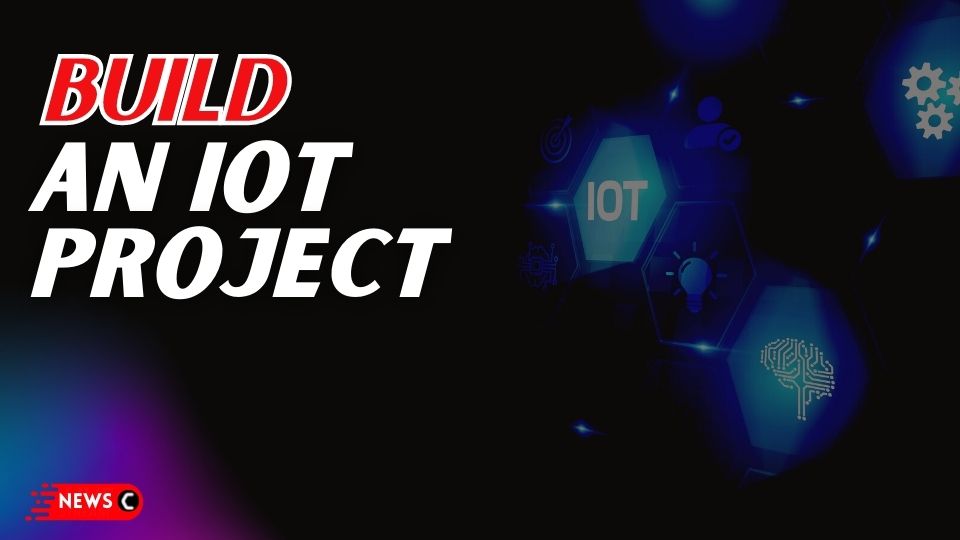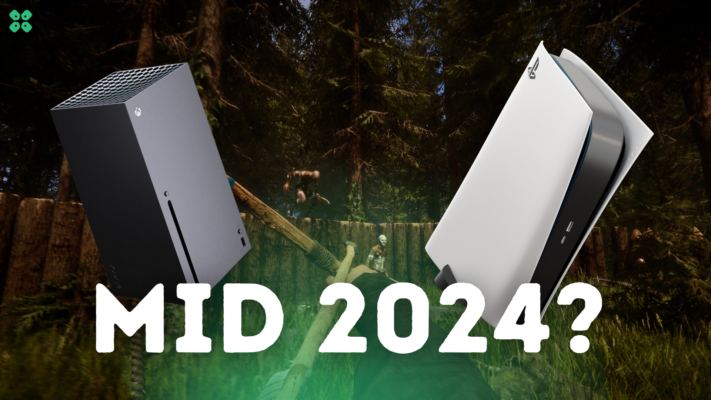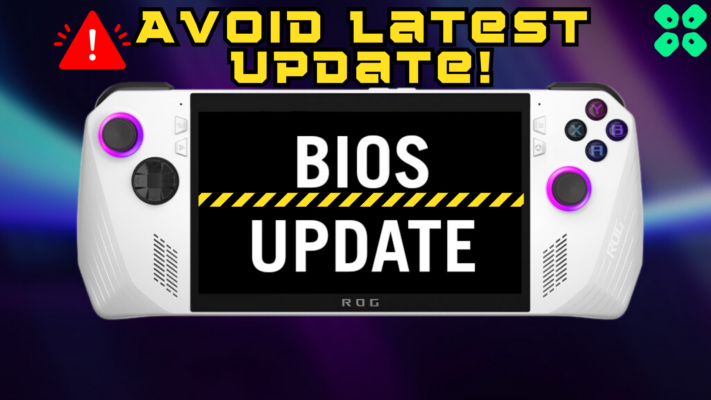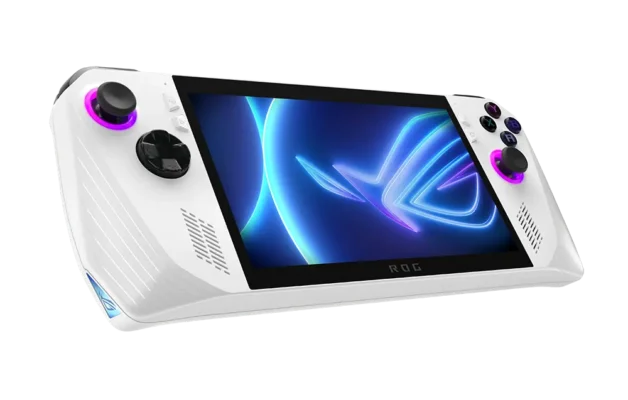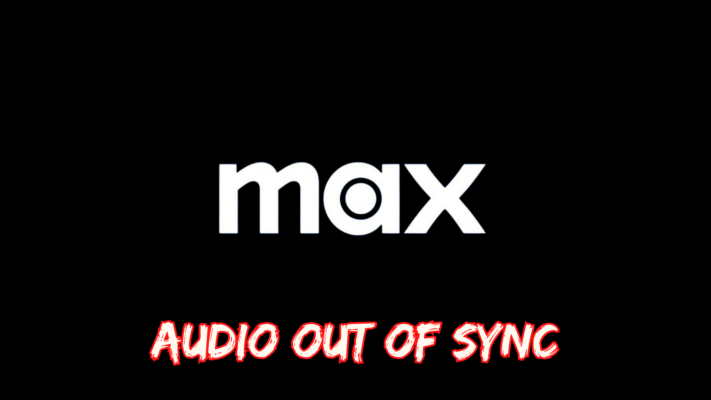The Internet of Things project is the next frontier for innovation, and with any new frontier comes a wild west phase. One of the most exciting things about this particular frontier is that anyone can participate, from entrepreneurs to tinkerers to major corporate players like Microsoft, Intel, Cisco Systems, and Google.
Developers have been building IoT devices in virtually every category imaginable. But once you’ve lined up suppliers, manufacturers and investors. You still need to figure out how all those parts will work together. The hardware, the software, and the product management IoT interfaces. All those are critical to a successful project.
This article provides a step-by-step guide to building an IoT project from scratch.
IoT project development process
Building an IoT product from start to end takes time, isn’t easy, and demands a good deal of planning, strategizing, and management.
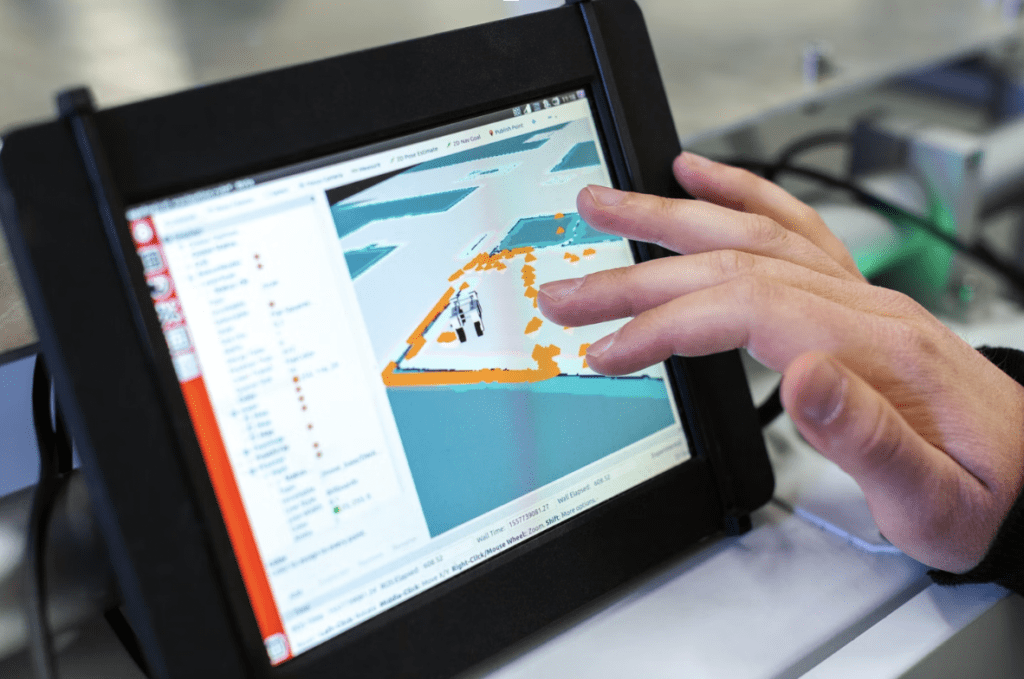
1. Platform development
The starting point for any IoT project is the platform, which holds all the technology together. The platform should be easy to manage with high data integrity so that integration can go smoothly, with a low cost of ownership. It is where the product management team and investors need to ensure they’re focused on the correct elements of the platform before investing in it further.
2. Build the hardware
Creating hardware for IoT projects isn’t easy, especially on a tight budget. IoT products can be simple devices with one function or full-featured gadgets that control industrial processes and automate homes. Commercial off-the-shelf (COTS) devices are often an ideal starting point for many projects because of the wide variety of options, from sensors, RFIDs, and barcode scanners to GPS units, accelerometers, displays, and more.
3. Develop the application software
With a completely open platform running your hardware product, it’s up to you to create software that provides value to customers. A key feature here is the ability to add to the system product, i.e., incorporating new capabilities without completely rewriting the code base.
It often requires a fundamental understanding of software development and a good understanding of features and functions that customers would want to use.

4. Develop an IoT platform management (IoT M2M) system
Once you have your platform up and running, there’s still lots of work for you to do before you start selling it. You’ll need a supply chain management system that manages product distribution and inventory levels and a robust back-end platform to manage all the collected IoT data.
5. Get it all connected
Once the platform is up and running, you’ll need to connect it to the Internet and get it to control all home automation devices or industrial equipment. It will require deploying infrastructure for IoT cloud solutions and creating secure user experiences in apps like smartphones and tablets so customers can easily link their devices.
6. Getting to scale
One of the biggest challenges facing developers is proving their product works. With more and more companies jumping into the IoT field, scaling up is often a race against the clock. Companies will often face a severe challenge of producing adequate amounts of their product before going to market. You can only solve this problem through strategic partnerships with suppliers and manufacturers.
7. Launching your IoT product
Once you’re ready to sell, you’ll need a strategic plan for rolling out your IoT product through the retail supply chain. Beyond that, you’ll also have to consider how you’ll make money and pay back investors.

The Architecture of an IoT Project
IoT projects are usually built from various off-the-shelf hardware components that can be combined to create a single solution for many applications. To build IoT devices, you’ll have to determine what components you will use, how they will work together, and how they will integrate with other products in the marketplace.
Hardware is only one part of the IoT equation. No matter how good your hardware is, it will never be as valuable as the data it collects. Data produced by an IoT device must be captured, used, and shared in real-time if it’s going to provide value to customers without fail or downtime.
It is where the IoT platform comes in. To process and share data, you need a centralized management system. The IoT platform should be robust enough to handle all the data coming from all your devices and provide a straightforward interface for customers to view that data.
Risks at the Beginning of the Project
There are risks involved in any new initiative, especially if you’re a startup trying to create a product that nobody has seen before. The first risk is that there are no guarantee customers will buy your product. It can be a real problem if you’ve poured a lot of time and money into a prototype that nobody wants to use.
The second issue involves scale. Taking an IoT project to the next level can be challenging because companies may have trouble scaling up operations quickly enough to meet demand. Again, this can all be avoided by partnering with suppliers and manufacturers, who can help ensure the success of your project from the beginning.
The risks involved with scaling up production are in the same category as the first, but there’s also a security concern this time. If you’re planning to distribute your devices to customers, you’ll need to ensure that each component is safe and secure to control from the Internet. Factory-made devices can be hard to hack, but IoT custom designs can be more vulnerable.
Once you’ve created your product, there’s still a risk involved in keeping track of it all, especially when one component has an issue. If one component fails, it could cause severe problems for your entire project.

How Much Does It Cost?
The cost of creating an IoT platform varies depending on the project’s scope. Building a simple device powered by a smartphone or computer can be free, and with COTS devices and open-source software, you can save even more money. The only costs here are designing the product and working out how it works.
You can expect to spend $500,000 or more to get your hardware prototypes. In most cases, you’ll need comprehensive design, supply chain management, and marketing plans to ensure your project succeeds.
There are also costs associated with operating an IoT platform once it’s built up. Like any other cloud-based system, you’ll have to pay a company to manage it, which will add up over time.
IoT is a new “market” for products and services that gather data from everyday objects. While the amount of data IoT devices produce can be impressive, the ability to use that data in real-time makes this technology so exciting for many businesses.
In a nutshell: IoT lets you worry less about creating an “infrastructure” or platform to collect and use data. Instead, it’s designed to gather and use data as it arrives. No infrastructure is required. It’s like using your smartphone to automatically share photos with social networks whenever you get them back from your camera, except, in this case, the device collects all the information without effort.

